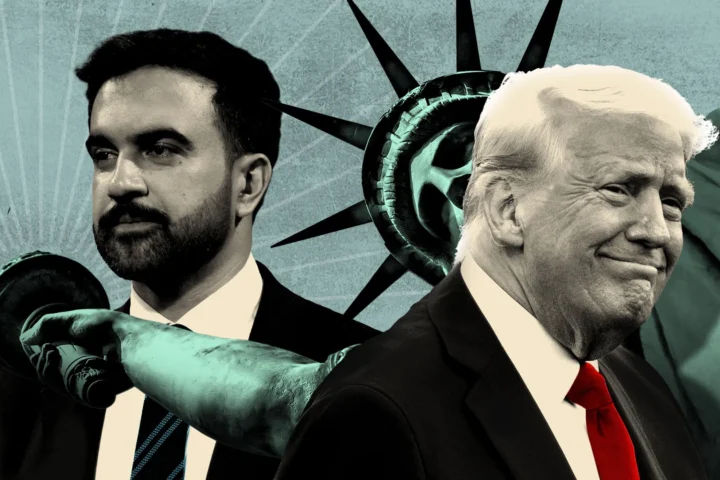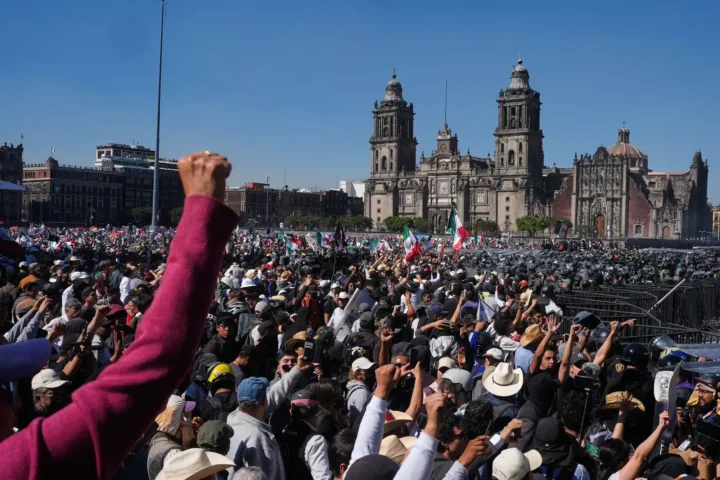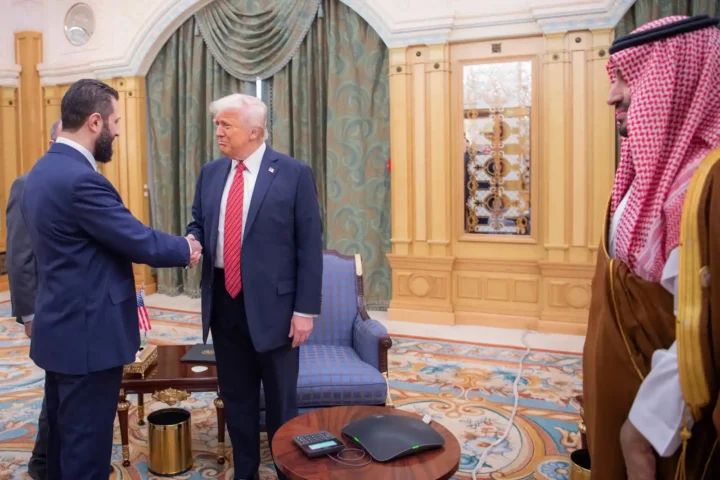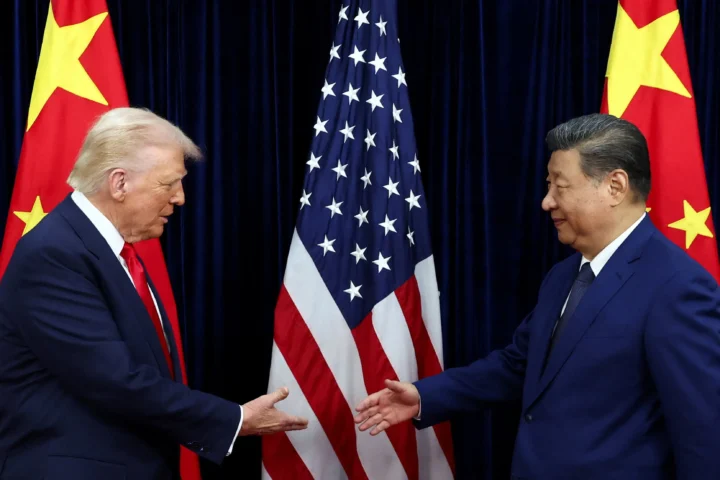The recent trilateral gathering of Putin, Xi, and Modi at the 2025 SCO Summit in Tianjin represents much more than diplomatic choreography or photo opportunities; it is a moment of consequence that throws the United States’ twenty-five-year project of rapprochement and deepening partnership with India into sharp relief. While U.S. policy enters a phase of unpredictability and economic confrontation, the visible warmth and symbolism displayed among the leaders of Russia, China, and India underscore the risks of strategic complacency in Washington and the historic value of treating India as an unshakeable partner—not a bargaining chip.
The SCO Summit: New Optics, Old Realities
Tianjin’s 2025 Shanghai Cooperation Organisation (SCO) Summit was a global stage for major Asian voices, featuring not only the ten core members but expanding to include leaders from more than a dozen “dialogue partner” states as well as UN Secretary-General António Guterres. Yet, the summit’s central drama revolved around the highly publicized interactions among Putin, Xi, and Modi: handshakes, hugs, and a rare display of camaraderie, including moments where Modi physically brought the other two leaders together as a gesture towards unity.
This was not business as usual. It was Modi’s first visit to China in seven years—a period marked by persistent Sino-Indian tensions, from the Ladakh border crisis to mutual restrictions on investment and tech exchange. The enthusiasm and optics were deliberate, and the message was unmistakable: at a time of U.S. protectionism and punitive tariffs, particularly against India, Eurasia’s powers are signalling their intent to define their own rules and alliances.
India in the Middle: Strategic Dilemmas, Enduring Self-Interest
Contrary to some Western interpretations, India’s engagement at the summit is not a simple tilt eastward nor a full embrace of Russia or China’s agendas. India continues to assert its strategic autonomy, exemplified by its strong statements at the summit on terrorism—an implicit rebuke to Pakistan even in the latter’s presence—and by mobilizing global support for its stance in Kashmir and beyond. India’s decades-old policy of nonalignment remains alive, animated by self-interest and a desire to maximize leverage in a fluid world.
Yet, this nuanced approach is precisely why Washington’s recent trade actions have been so damaging. As the U.S. administration has doubled down on tariffs, publicly threatened India’s oil imports from Russia, and even incentivized its own companies to exit Indian manufacturing, New Delhi perceives a betrayal of past understandings and the principles of mutual respect and benefit that have grown over decades. The sense in India—not only among elites but across the polity—is that hard-won gains in trust and cooperation with the U.S. are in jeopardy.
The Geopolitical Stakes for the US
The United States’ relationship with India is not merely transactional; it is a cornerstone of a twenty-first-century world order in which Asian balance, technology, and democratic partnership matter. Since the late 1990s, successive U.S. administrations—both Republican and Democratic—have invested in building a multidimensional partnership with India: defense cooperation, technological innovation, joint military exercises, and a sharp increase in trade and investment.
Recent years saw breakthrough agreements on cybersecurity, advanced communications (COMCASA), and export controls, as well as new joint initiatives around semiconductor supply chains and clean energy. India’s demographic, economic, and technological potential is undeniable: with a population projected to surpass China’s, a youthful workforce, and ambitions to be the world’s next manufacturing hub, India is one of the few countries with both the scale and credibility to anchor a democratic order in the Indo-Pacific.
To treat India as a secondary power—or worse, to penalize it for hedging its bets amidst a more aggressive US-China rivalry—would be a costly strategic mistake.
Risks of Short-Sighted US Policy
Recent punitive measures, including a 50% tariff on Indian goods and secondary sanctions on Russian oil purchases, have been received in New Delhi as unjust coercion and interference in sovereign decision-making. The contrast is stark: while China has been given trade extensions, India is singled out for “not toeing the line”. This pattern undermines the U.S. vision—articulated for decades—of making India an equal partner in shaping global norms from climate change to AI to maritime security.
Such policies push India to demonstrate its independence more visibly, as seen in Tianjin, even if the underlying strategic differences with Russia and China remain. India will not—despite appearances—support Russian actions in Ukraine or align with Beijing on its South China Sea claims. But India will not allow itself to be coerced or isolated by what is increasingly seen as a mercenary or transactional American approach.
What Comes Next: Charting a Renewed US-India Partnership
A pragmatic and far-sighted U.S. strategy would double down on partnership, not pressure. India’s interests rarely align perfectly with Washington or with Moscow and Beijing. But India’s core path—economic modernization, global stability, democratic resilience, and regional balance—overlaps fundamentally with American interests when nurtured by respect and shared purpose.
To recoup goodwill, the U.S. should:
- Re-engage on trade, rolling back excessive tariffs while supporting India’s integration into global supply chains.
- Prioritize technological cooperation, particularly in areas like artificial intelligence, cybersecurity, biotech, and clean energy.
- Expand people-to-people exchanges, including restoring more flexible visa regimes and research partnerships that capitalize on India’s human capital.
- Recognize India’s vital role in regional security, both through the Quad and in broader Asian forums, and consult New Delhi seriously on Indo-Pacific security architectures.
- Avoid coercive tactics on energy and third-party alliances, trusting India’s record as a responsible power and recognizing its global ambitions.
Strategic Patience and Mutual Respect
The SCO summit’s optics are a timely warning: when U.S. policy drifts into short-termism or zero-sum thinking, it not only cedes ground to rival powers but endangers the steady, patient gains of a twenty-five-year American-Indian strategic project. The lesson of Tianjin is not that India is irrevocably shifting toward a Russia-China axis, but that India is too significant—politically, economically, and morally—to be taken for granted or backed into a corner. If America’s sense prevails, it will recommit to the logic that defined a generation of diplomacy: treat India as a true partner, and the dividends—both for Washington and for a rules-based global order—will be enduring.











